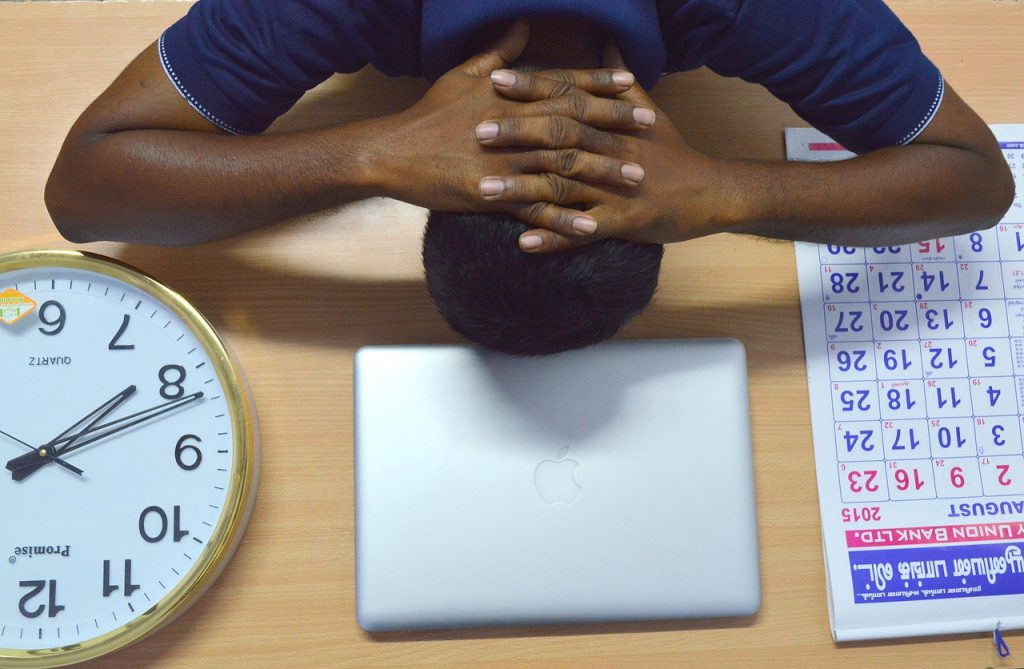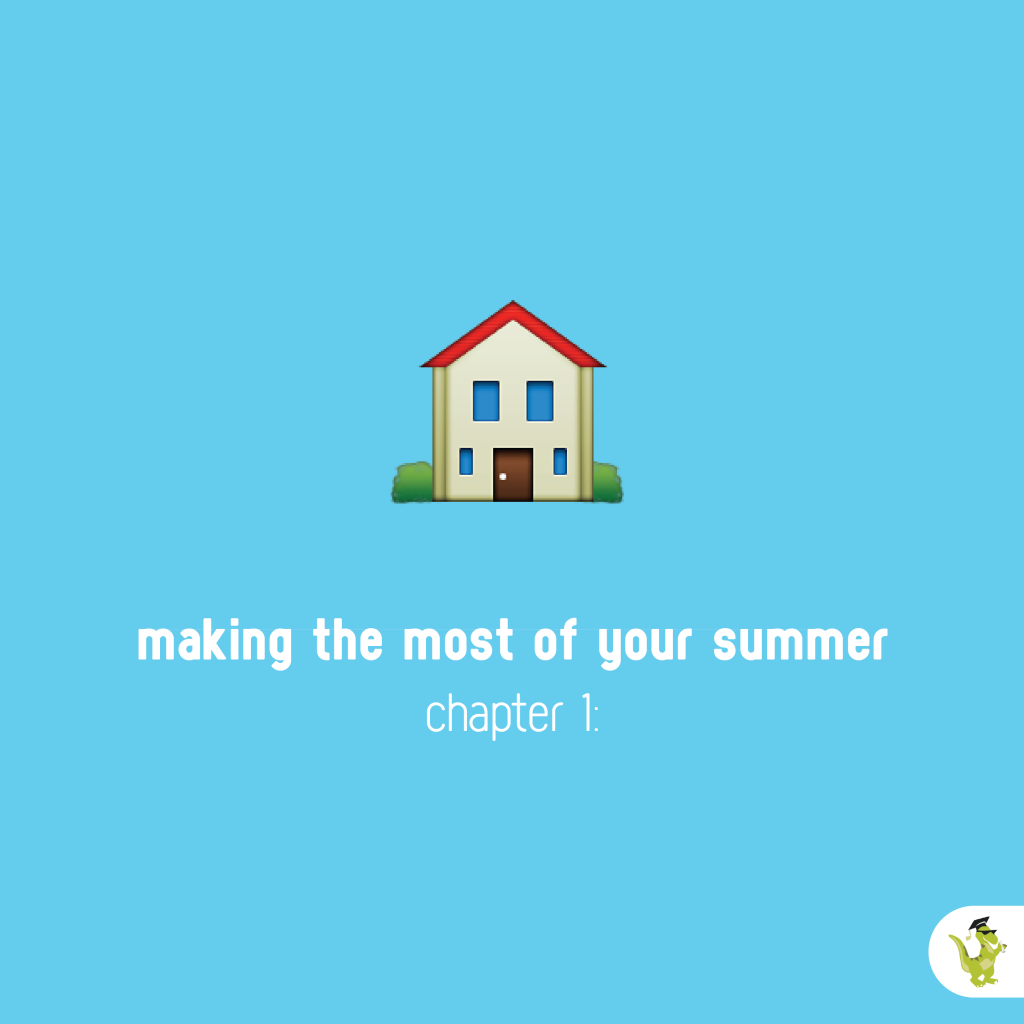
Flickr user Kathryn
Studying at home has its advantages, but it also comes with its own set of distractions. There are literally dozens of different things that can get in the way. From noisy siblings to family pets, game consoles, smartphones, and snack cupboards.
Because of this, it can often be a struggle for students who are trying to study up ahead of their ACT / SAT exams.
ACT tests are achievement-based. They’re designed to gauge how much a student has learned from the curriculum, while SAT tests focus more on problem-solving, reasoning, and verbal abilities. Because of that, it’s important to study specifically for the tests that you’re taking and to tailor your revision to give you the best possible chance of success.
If you’re studying from home then it can be difficult to focus, and that can have a detrimental effect when it comes to your results. The key is to cultivate your environment so that it’s ready for revision. Here’s an ACT / SAT prep study guide for at-home studying to help you get started.
Set a time to study
If you set aside specific times to study—and if you stick to them—then you’ll be in total control of how much you study while you’re home. During this time, it’s important to minimize distractions, so turn off your smartphone and log out of social networking sites. Resist the temptation to check them until your study time is complete. If you struggle with it then give your devices to a family member and ask them to return them once you’ve finished.
Make a working area
You’ll find it easier to focus if you set up a designated working area that has all of the equipment that you need, including spare pens and paper. Make sure that it’s comfortable and functional without being too relaxed. A desk with a computer chair will do the job for most people.
Make notes
This tip might sound basic, but you’re missing out if you don’t do it. Taking notes helps students to remember more and to have a deeper understanding of information, and the notes can be supplemented by highlighting or underlining information in textbooks and printed resources. Just don’t use a laptop—studies have shown that students who use longhand tend to perform better.
Practice
They say that practice makes perfect. By re-reading material and turning your hand to educational exercises, you’ll get to see theory in action. Don’t worry if your early attempts don’t work out. Professional writer Steve Deschene explains that “no one ever gets it right first time”, adding that “even the best writers had to start somewhere.”
Take breaks
If you don’t take breaks then you risk overloading yourself. Remember that your brain needs time to recharge—that’s why schools and workplaces have scheduled breaks. By ensuring that you’re relaxed and well-rested, you give yourself the best possible conditions to absorb new information.
Use analogies and mnemonics
If you’re struggling to remember something, it can help to come up with an analogy, an association or a mnemonic device to aid your memory. For example, you can remember how to read sheet music by remembering that the gaps spell ‘FACE’ while the lines spell ‘Every Good Boy Deserves Fudge’—EGBDF.
Set goals
Goals are great because they help you to track your progress and to stay motivated. It can help to promise yourself rewards, too—for example, challenge yourself to work through a textbook and reward yourself when it’s done by spending some of your birthday money. You could even share your goals with family members and ask them to hold you responsible if you fail to meet them.
Just do it:
Nike—and Shia LeBeouf—said it best. The most effective method of in-home studying is just to do it. Sharpen your willpower, set yourself up for success using the tips in this article, and then…well, just do it.
Remember, taking the time to study, whether that’s at home or in a library, will pay off tenfold in the future. By doing your best now, you’re setting yourself up for a successful life. And if you don’t take the time to revise, you’ll regret it.
What are you waiting for?
Use College Raptor to discover personalized college matches, cost estimates, acceptance odds, and potential financial aid for schools around the US—for FREE!





